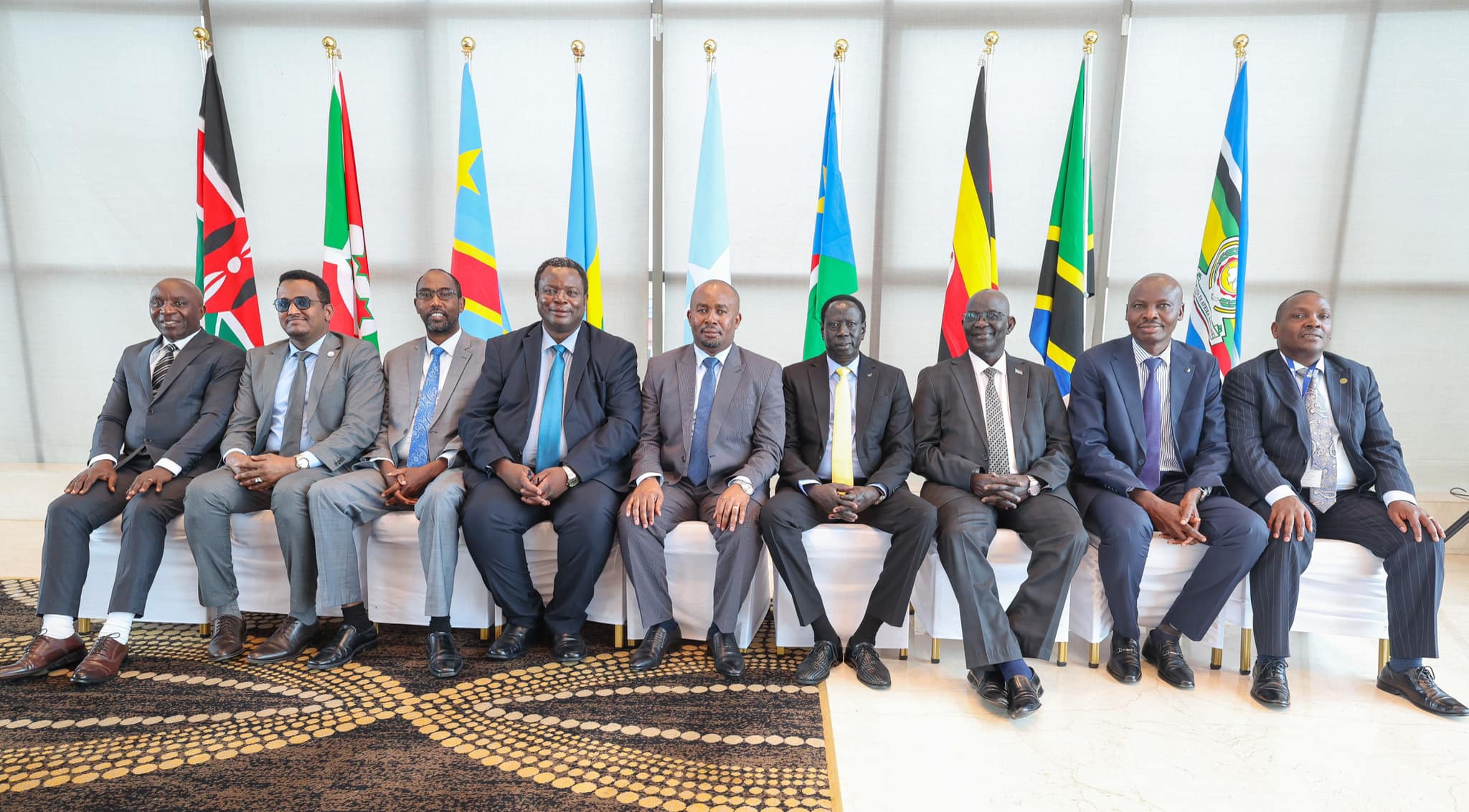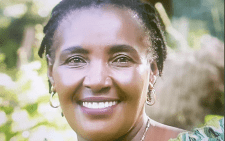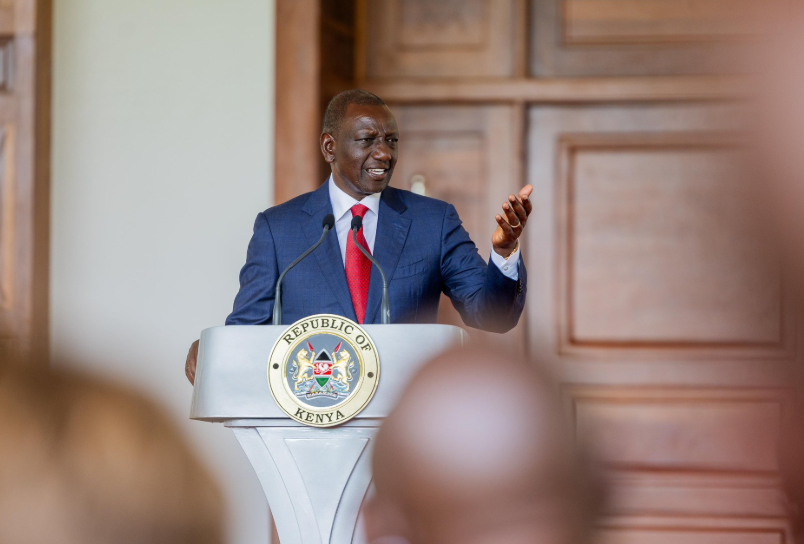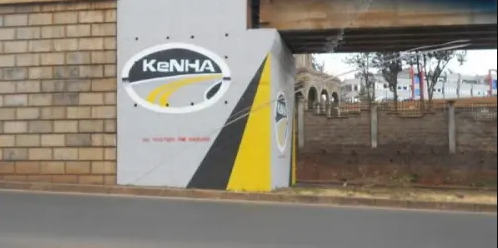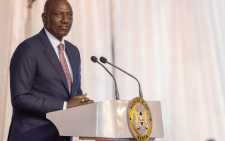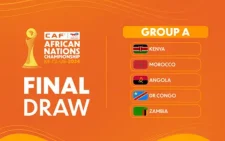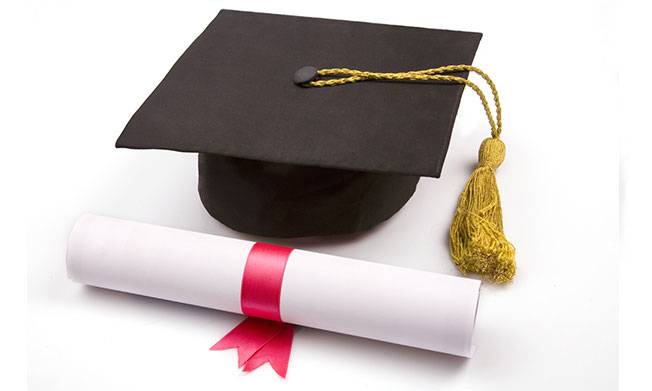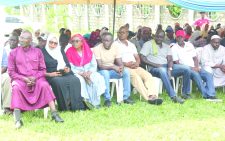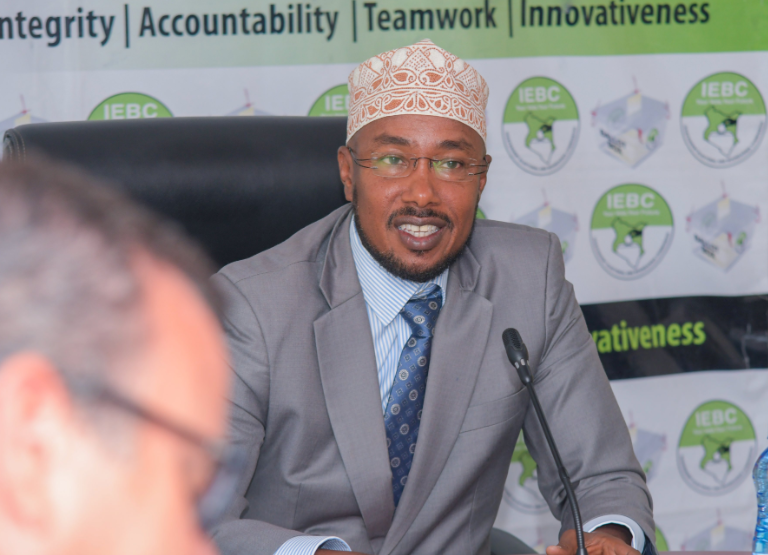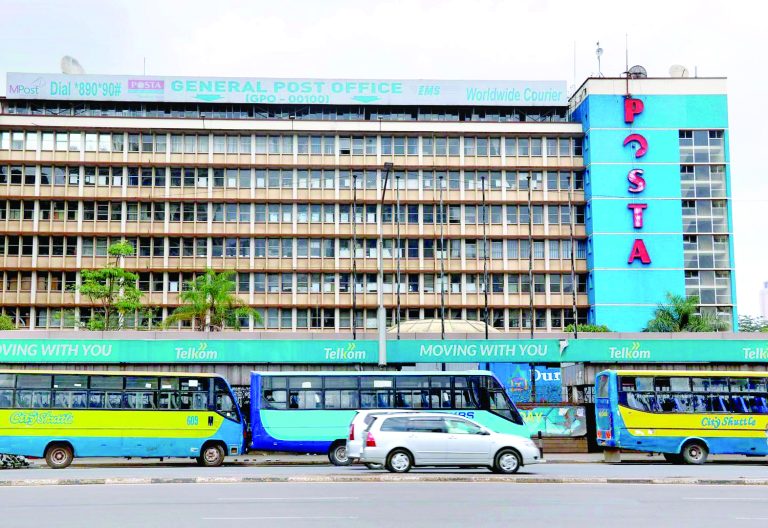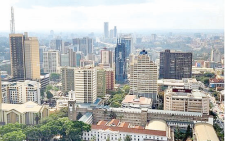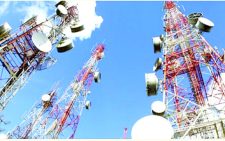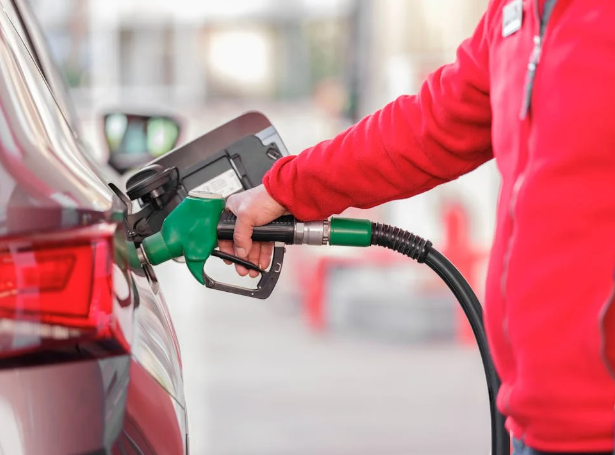What Congo’s EAC entry will mean to investors

Investment bankers EFG Hermes yesterday said Kenyan investors should brace for the mega-investment that a growing East Africa Community (EAC) portends.
They said the entry of the Democratic Republic of Congo (DRC) to the East African Community will not only create new opportunities, particularly a surge in human capital, but will offer new growth areas for investment.
Managing Director, Frontier Research Arnold Mukuru said investors from Kenya and the EAC must seek ways to tap the resources that include raw materials and minerals.
DRC which is expected to officially join the East Africa Community Tuesday next week will bring into the community another 90 million population. DRC is already a key African market for Kenyan firms with the latest official annual data showing exports earnings from DRC amounted to Sh14.3 billion in 2020.
The areas offer great potential for agriculture and mining of diamonds, iron, gold and cobalt, which provides a lucrative investment opportunity.
DRC has massive deposits of construction materials like sand and granite which can come in handy given Kenya’s insatiable demand for suitable housing.
To investment bankers however, these opportunities come with challenges, which may also provide further opportunities in terms of a formidable transportation network. Transport and reliable energy need urgent investment from investors.
Analysts at EFM said agricultural sector and new business opportunities will cushion Kenya’s economy from the Russia-Ukraine shocks, despite supply chain disruption and upcoming elections.
With Russia’s invasion of Ukraine disrupting trade and import of basic commodities which were already high have risen further, concerns that this will adversely affect the economy abound.
But they said despite the looming oil and gas price hikes threatening a direct financial bearing on households good performance from the agriculture sector will cushion the economy.
Agricultural sector
“What is going on with reference to the war and commodity prices, the agricultural sector should keep. Kenya is relatively stable, and compensates for the increase in energy prices,” said EFG Hermes head of equity Mwathi Kilonzo. On Wednesday, Brent and West Texas international crude rose by seven per cent to above $110 (Sh12,600) a barrel on reports that the Baltic states were in favour of an embargo of Russian crude in retaliation for its invasion. Saudi Arabia had also warned that attacks on its oil facilities by Yemeni rebels posed a direct threat to global oil supplies.
Data from UN Comtrade indicates Kenya imported wheat worth Sh16 billion from Russia in 2020, and Sh1 billion worth of the cereal from Ukraine. Other major commodities imported from the two countries are maize and fertiliser.
Kilonzo was speaking during a quarterly media round table where the state of banking and the Baltic conflict was discussed amidst a looming General Election.
Despite Kilonzo painting, a rosy picture for Kenya amidst the conflict, the food and agriculture organisation has warned of major disruptions in the agricultural sector, given that the two warring countries were net exporters of agricultural products, and play leading supply roles in global markets of foodstuffs and fertilisers, where exportable supplies are often concentrated in a handful of countries.
“This concentration could expose these markets to increased vulnerability to shocks and volatility,” said FAO.
EFG analysts further projected a slight increase in appetite for credit on the back of heightened economic activities with demand coming in from the manufacturing and trading sectors though it will also be affected by the General Election jitters.
